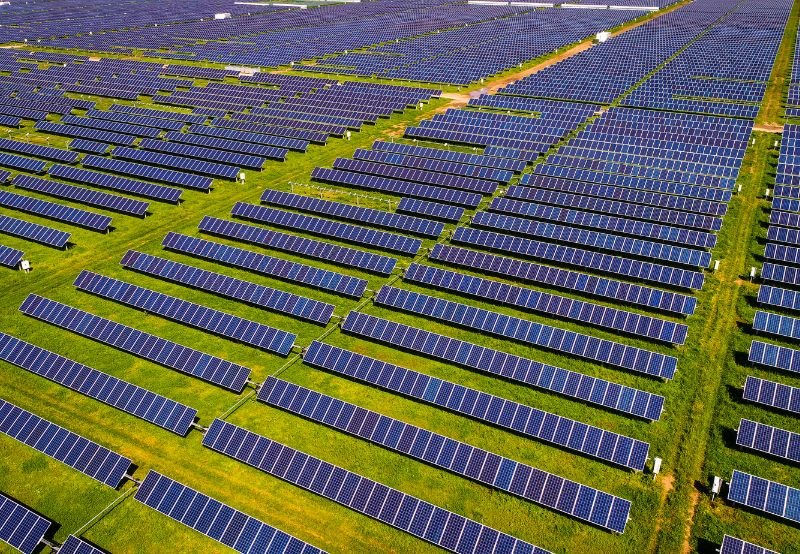Germany Installs 3 GW Solar in Q2 2025 Despite 12% YoY Drop
Germany’s solar sector added 3 GW of new capacity in Q2 2025, reports the Federal Network Agency (Bundesnetzagentur). While this marks a 12% decline from 2024, deeper analysis reveals Germany’s solar integration continues evolving amid supply chain adjustments and policy shifts.
Supply Chain Constraints Drive Installation Dip
The slowdown stems from inverter shortages and delayed component deliveries, not declining demand. Similar to Sungrow’s inverter production challenges, manufacturers are racing to meet global demand. Many projects were postponed for newer high-efficiency modules arriving in Q3.
Grid Integration Challenges Reshape Market
With solar achieving grid parity nationwide, Bavaria and Baden-Württemberg face export limitations. “Today’s projects require smarter integration,” notes a E.ON engineer. Residential adoption of hybrid solar systems with storage surged to 43% as feed-in tariffs decline.
Storage Becomes Standard in New Installations
- 43% of residential systems now include batteries (up from 29% in 2023)
- Commercial storage deployments grew 32% YoY
- Utility-scale projects increasingly pair with BESS solutions
2025 Policy Landscape Creates Uncertainty
Anticipated subsidy reductions before Germany’s federal election caused temporary hesitancy. Despite this, commercial solar grew 8% YoY, proving businesses prioritize industrial rooftop solar savings over incentives.
Digitalization Drives Operational Efficiency
AI-powered monitoring solutions now predict maintenance needs weeks in advance. These ETSI EN 303 645 compliant systems help maximize existing asset performance amid slower new build rates.
Outlook: Winter Capacity Will Set 2025 Trajectory
Industry analysts project 12-14 GW annual installations, still leading EU markets. Achieving Germany’s 2030 targets requires streamlined permitting and expanded solar market innovations in grid-flexible solutions.






